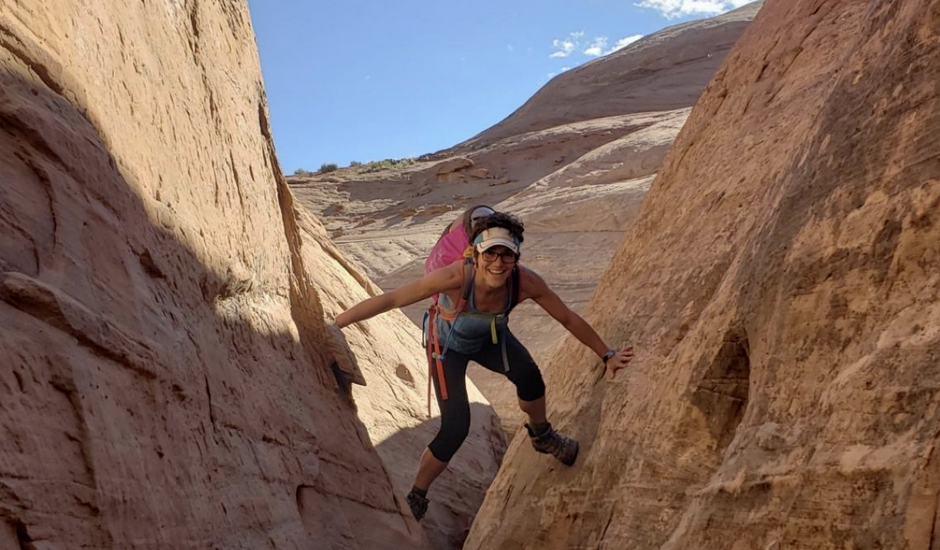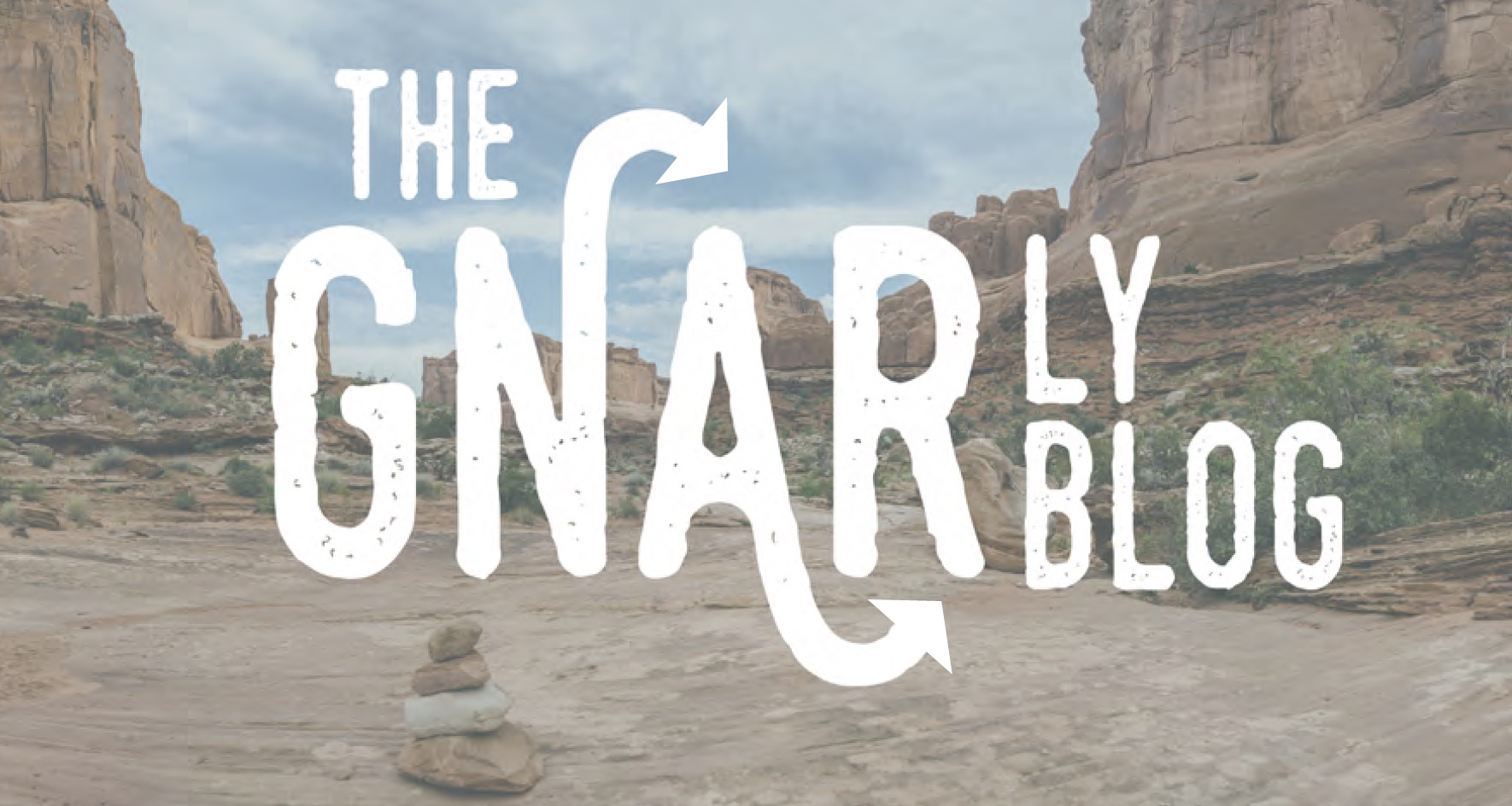GNARly Challenges, GNARly Solutions: Integrated Housing, Transportation, and Land Use Challenges and Strategies in Gateway Communities
By Danya Rumore, GNAR Initiative Founder
The GNAR Initiative team is excited to announce that we are launching a flagship multi-year study to explore interconnected housing, transportation, and land use challenges and strategies in western gateway communities. Our hope in undertaking this study is to explore the state of planning and development in western GNARs, particularly in the aftermath of the COVID-19 pandemic, and to develop tools, guidelines, and planning and policy recommendations to assist gateway communities and the regions around them in responding to current and emerging challenges and opportunities.
I am particularly excited that this study will involve in-depth case studies on GNAR communities that are “out front” in experiencing and dealing with integrated housing, transportation, and land use issues. These case studies will tell the story of planning and development in each community and produce local and generalizable lessons learned and recommendations. We will develop each case study in partnership with local community partners and the help of students.
We are launching this project with initial funding from the National Institute for Transportation and Communities and anticipate completing our first six case studies by fall of 2022. We hope to continue conducting case studies and building our GNAR case study database as resources and student interest allow. For anyone who is interested, I have included more information about study below. You can also check out our GNARly Challenges, GNARly Solutions project webpage.
In line with the GNAR Initiative’s philosophy of “help us help you,” there are several ways you can get involved to contribute to, benefit from, and support this ongoing research initiative, including:
- We welcome involvement and support from:
-
- GNAR communities that want to partner on a local case study;
-
- Graduate and undergraduate students from any discipline or university who want to assist with this project; and
-
- Sponsors and other partners who want to provide funding or other resources to support this study.
- We will be hosting a peer-to-peer learning session on December 7 from 2-3:30pm MT focused on integrated housing, transportation, and land use challenges in GNARs. Click here for more information and to register.
- We will be sending out a survey to public officials in western GNARs later this fall. We hope you or public officials in the GNAR communities you live in and/or work with will fill out the survey to help us track what is happening in GNAR communities across the West.
If you have questions or ideas or if you are interested in supporting or partnering in this study, please contact liz.sodja@usu.edu.
We look forward to working with many of you via this study and other GNAR Initiative efforts over the coming years!
Project overview
Our prior research shows that growth and increased tourism create a range of “big city challenges” for western gateway communities, particularly a significant increase in housing prices, which pushes the local workforce to outlying areas and other rural communities. As a result, many developed gateway communities have large commuter-sheds and more employees who commute into the community than employees who live and work in the community. Our observation suggests this rural gentrification and related spillover effect results in longer worker commutes, higher transportation costs, and impacts on transportation infrastructure, land use, access to opportunity, quality of life, and mobility in these rural towns and cities and the regions around them. Our observation also suggests this trend has been intensified in the last year and is now rapidly playing out in gateway communities across the west due to COVID-19, which has expedited amenity migration and resulted in the “Zoom Town” phenomenon of remote workers relocating from high-income urban areas to small towns and cities. While we have plenty of anecdotal evidence that this is happening and creating profound impacts throughout the rural west, our understanding of these dynamics in gateway communities and appropriate solutions for addressing them is limited.
To address this gap, we have launched a study to explore the extent to which gateway communities throughout the West are experiencing interconnected housing, transportation, and land use challenges and how increased visitation and growth affects these issues. We also will explore the innovative things these communities are doing to respond and what can be learned from their experiences for small and large communities throughout the country and globally. We will do so through conducting a regional survey of over 1,800 western gateway communities; in-depth case studies of 6+ gateway communities that are “out front” in dealing with and responding to these issues; and a series of focus groups with gateway community representatives from across the west. We will also use Census data to map commuter-sheds and understand growth and development trends in these places.
The results of this study will be used to produce tools, guidelines, and policy recommendations to assist gateway communities and other rural and urban communities in tackling their interconnected housing, transportation, and land use concerns. This study will also allow us to develop a longitudinal database on western gateway communities, which are some of the most rapidly growing and changing areas in the United States, a trend that is likely to continue with major implications for local, regional, and national transportation systems, infrastructure, and economics, as well as the broader western landscape.

Danya Rumore, Ph.D., is the Founder of the GNAR Initiative. She is a facilitator, collaborative process designer, and conflict resolution professional with a particular passion for understanding and addressing the unique challenges and opportunities facing western amenity-rich rural regions like that surrounding her hometown, Sandpoint, Idaho. Danya holds a Ph.D. in Environmental Policy and Planning from the Massachusetts Institute of Technology. She is a professor of planning and law at the University of Utah, where she directs the Wallace Stegner Center Environmental Dispute Resolution Program. Danya really likes to shred the gnar on her mountain bike and skis, but she can also be found climbing rocks, floating rivers, and running trails. To learn more about her work, check out this Outdoor Allies profile.


